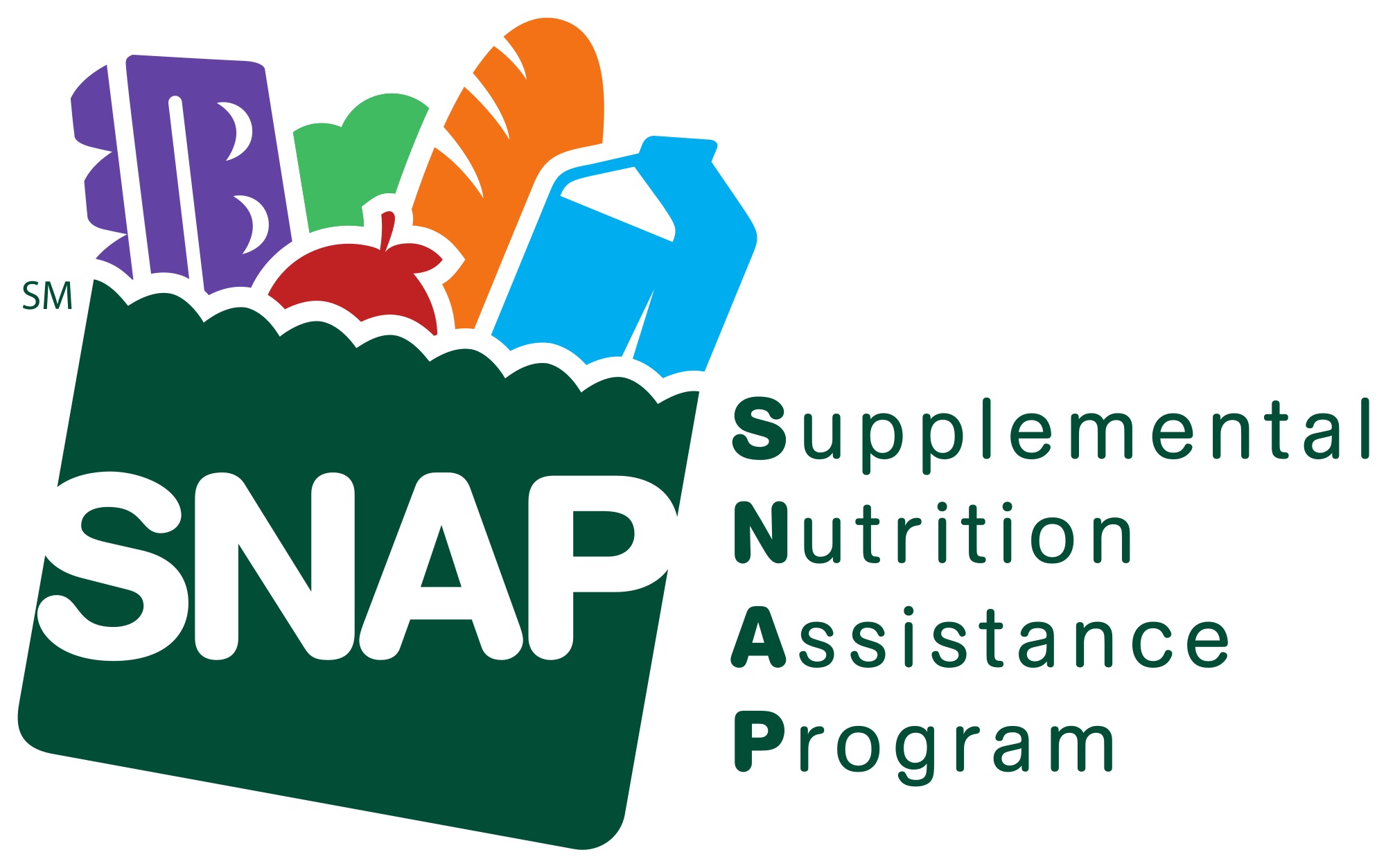SNAP and Food Security in College
A college student browses the aisles of Safeway and Trader Joe’s as their shopping persona takes over — they touch all the items lined up on the shelves and slowly peruse all the cereals and snacks lined up on the walls. The boxes of cookies and bags of crispy, sea salt chips are the siren calls of the snack food aisles. However, knowing they can’t purchase them with food stamps leaves them merely imagining what they taste like. As they look down at their basic list of staples: bread, dairy, meat, fruits, and vegetables, he or she pauses for a moment and thinks about how they are going to maximize their shopping experience.
The scene described above is not an unusual one for people living across our country. In fact, many students at Berkeley and across the UC system go without meals or nutritious food daily. Many people rely on the Supplemental Nutrition Assistance Program (SNAP), a federal aid program administered by the USDA to provide food assistance to low- or no-income families. The amount of money each family receives is dependent upon many factors, but it often averages to about $4 a day. According to the Center on Budget and Policy Priorities, SNAP is one of the country’s most important anti-hunger program. With over 70% of participants living in households with children, it becomes increasingly apparent that the budget does not cover enough for a family to live on comfortably, much less, a student. In USA Today, Monica Vendituoli states that in “2001, 5.4% of students enrolled in school ages 19 to 24 received SNAP, whereas in 2010, 12.6% of students in the same age group were SNAP recipients.” With the amount of students relying on SNAP increasing, there should be an increased effort in nutrition education and emphasis on smart shopping to ensure most students are not compromising their health.
In 2010, advisors and health service providers at Berkeley noticed an increase in students showing signs of hunger and poor nutrition. With finals week approaching in a daunting fashion and sleep hours decreasing periodically, many complained about fatigue and trouble concentrating. Health providers traced the symptoms to missed meals and malnourishment.
After reading more about the SNAP budget, Claudia Nguyen, a senior studying computer science at UC Berkeley, decided to attempt shopping with the SNAP allotment as part of the SNAP challenge. She said she felt the experience to be a difficult one.
“Overall, the experience I had grocery shopping with food stamps was stressful; I often found myself taking out my calculator, and sacrificing servings of daily nutrients to save money. This alarmed me as I noticed my shopping cart in both stores was filled with more frozen foods and carbohydrates than vegetables and fruits,” said Nguyen.
Nguyen also noted that though she normally tries to eat ethically, purchasing fair trade and local foods, she completely glanced over the foods labeled “organic” and couldn’t afford to spend much time around the seafood section, knowing if would be over double the price of “normal” produce.
Lists are the crux of our daily lives — they foster efficiency and organization to our otherwise cluttered, disorganized and fast-paced lives. However, once these lists become points of restriction rather than guidance points, one gradually loses control of what should be stable. When the tension between nutrition, budget, and health arises, the grocery lists and rules set by financial burdens can become overwhelming. With the addition of pressure from school, friends, work and more, students are often unable to prioritize meals. As we cannot expect the budget to increase significantly, in the meantime we should take the steps needed to ensure students on campus are informed about healthy eating habits. Though SNAP alleviates some of the concerns students and/or families may have about food security, SNAP only functions as a supplement to one’s income. It cannot replace the budget a household has for food — the price of health weighs much more.

